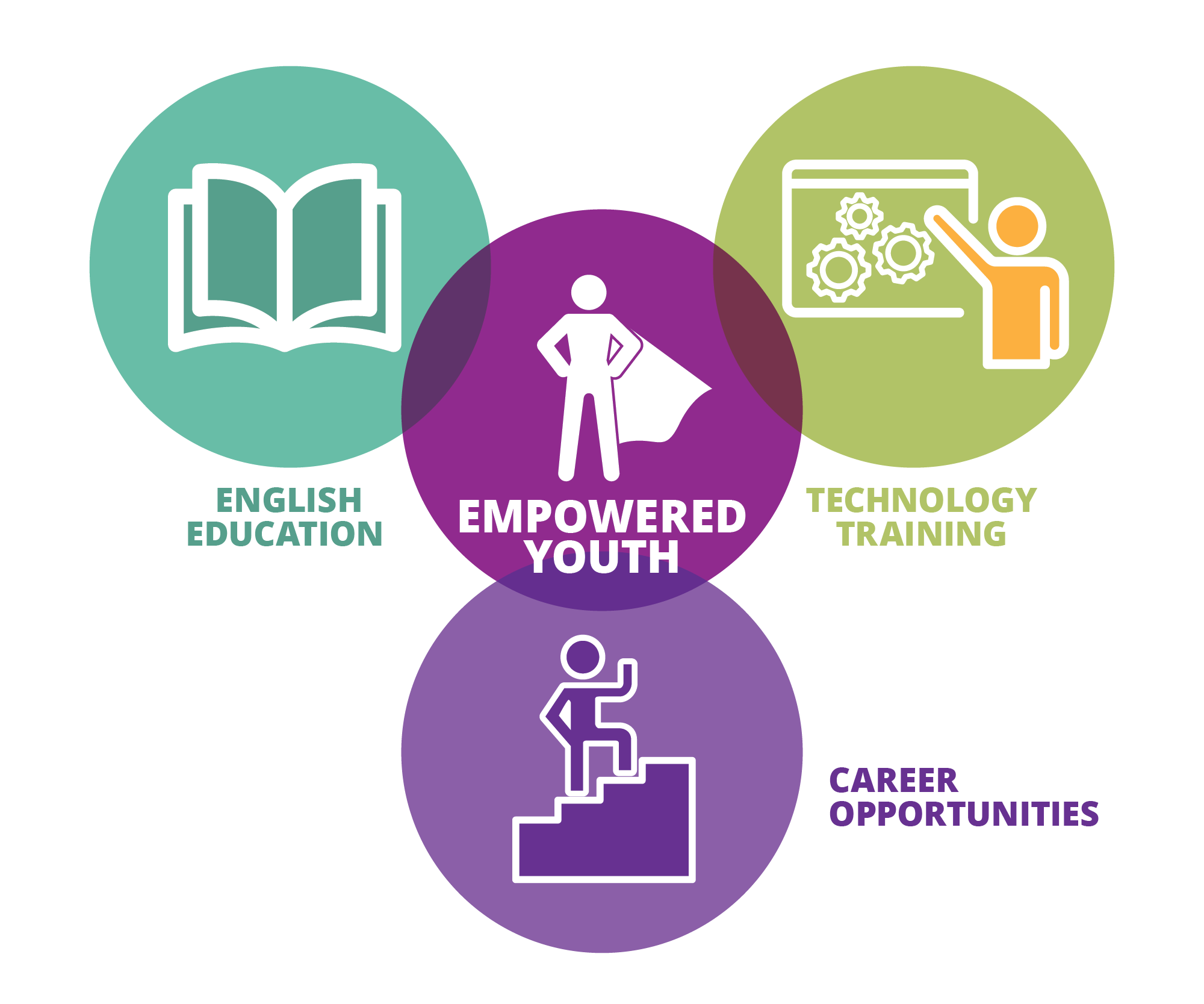The Digital Dawn: Forging Youth Empowerment Through technology
In an era defined by rapid technological advancement, the potential for youth empowerment has never been more profound. From the bustling hubs of Silicon Valley to the remote corners of developing nations, technology is reshaping the landscape of opportunity, offering young people unprecedented avenues for self-expression, skill development, and social impact. However, realizing this potential requires a concerted effort to bridge the digital divide, foster digital literacy, and create inclusive ecosystems that empower young people to become active participants in the digital age.
Access to technology, particularly the internet, serves as the cornerstone of youth empowerment. It unlocks a wealth of information, connects individuals to global networks, and facilitates the development of essential skills. For young people, digital access can be a lifeline, offering opportunities for education, entrepreneurship, and civic engagement that were previously inaccessible.
Bridging the Digital Divide: Overcoming Barriers to Access

The digital divide, characterized by unequal access to technology and internet connectivity, remains a significant obstacle to youth empowerment. Addressing this challenge requires a multi-faceted approach, including:
Infrastructure Development: Investing in robust internet infrastructure, particularly in underserved communities, is crucial for expanding digital access. This includes deploying broadband networks, establishing community Wi-Fi hotspots, and providing affordable internet plans.
Unlocking Educational Opportunities: Learning Beyond the Classroom
Technology has revolutionized education, offering young people access to a vast array of learning resources and opportunities. Online learning platforms, educational apps, and virtual classrooms have democratized access to knowledge, enabling young people to learn at their own pace and pursue their interests.
Online Learning Platforms: Platforms like Coursera, edX, and Khan Academy offer a wide range of courses and educational resources, often free of charge. These platforms enable young people to acquire new skills, explore different subjects, and pursue higher education.

Technology has lowered the barriers to entrepreneurship, enabling young people to create their own businesses and contribute to the digital economy. From developing mobile apps to launching e-commerce ventures, young entrepreneurs are leveraging technology to solve problems and create value.
The Rise of the Digital Creator Economy
The digital creator economy has empowered young people to monetize their creativity and build online communities. Platforms like YouTube, Instagram, and TikTok have become hubs for content creation, enabling young people to share their passions, build audiences, and generate income.
Content Creation Tools and Platforms: User-friendly tools and platforms have made it easier than ever for young people to create and share content. From video editing software to social media management tools, these resources empower young creators to produce high-quality content.
Coding and Software Development: Skills for the Future
Coding and software development skills are increasingly in demand in the digital economy. Equipping young people with these skills can open doors to high-paying jobs and entrepreneurial opportunities.
Coding Bootcamps and Online Courses: Intensive coding bootcamps and online courses provide accelerated learning pathways for young people to acquire coding skills. These programs offer hands-on training and mentorship, preparing young people for careers in software development.
Technology has transformed the way young people engage with civic issues and advocate for social change. Social media platforms, online petitions, and digital campaigns have become powerful tools for mobilizing youth and amplifying their voices.
Digital Activism and Social Movements
Social media platforms have played a pivotal role in facilitating youth-led social movements. From climate change activism to racial justice campaigns, young people are using digital tools to organize protests, raise awareness, and demand change.
Social Media Campaigns: Platforms like Twitter, Instagram, and TikTok enable young activists to share information, mobilize supporters, and amplify their messages. Hashtag campaigns, viral videos, and online petitions have become powerful tools for raising awareness and driving social change.
Promoting Digital Citizenship and Online Safety
As young people spend more time online, it is essential to equip them with the skills and knowledge to navigate the digital world safely and responsibly. Digital citizenship education focuses on promoting ethical online behavior, protecting personal information, and combating cyberbullying.
Cybersecurity Awareness Training: Programs that teach young people about online safety, data privacy, and cybersecurity best practices are crucial for protecting them from online threats. These programs should cover topics like password security, phishing scams, and online predators.
Realizing the full potential of youth empowerment through technology requires creating inclusive and supportive ecosystems that provide young people with the resources, mentorship, and opportunities they need to succeed.
Mentorship and Role Models
Mentorship programs that connect young people with experienced professionals can provide valuable guidance and support. Role models can inspire young people to pursue their passions and overcome challenges.
Industry Mentorship Programs: Programs that connect young people with professionals in fields like technology, entrepreneurship, and creative arts can provide valuable career guidance and networking opportunities.
Community-Based Technology Hubs
Community-based technology hubs can provide young people with access to technology, training, and resources in a supportive and collaborative environment. These hubs can serve as centers for innovation, entrepreneurship, and digital literacy.
Makerspaces and Fab Labs: These spaces provide young people with access to tools and equipment like 3D printers, laser cutters, and electronics workstations. Makerspaces and fab labs encourage creativity, innovation, and hands-on learning.
As technology continues to evolve, the potential for youth empowerment will only grow. By investing in digital infrastructure, fostering digital literacy, and creating inclusive ecosystems, we can empower young people to become active participants in the digital age and shape a brighter future for themselves and their communities. The digital dawn is here, and it is the youth who will illuminate the path forward.



